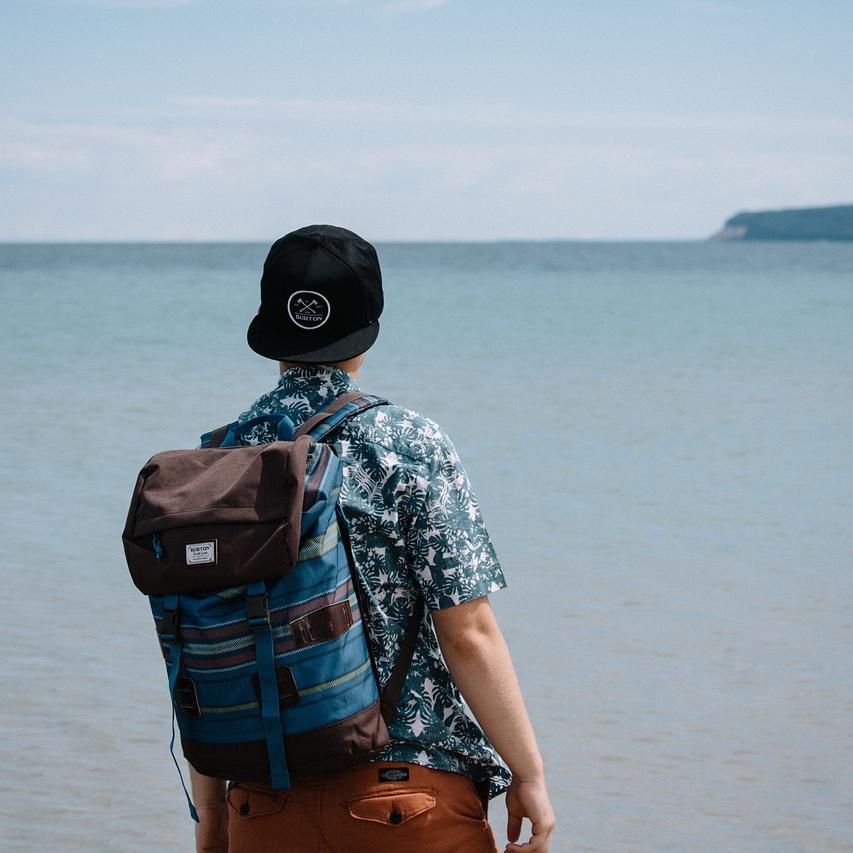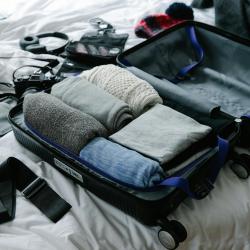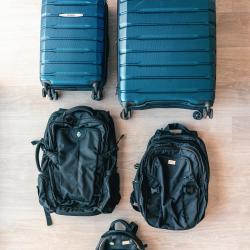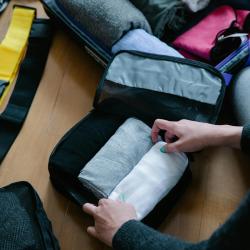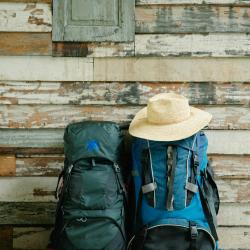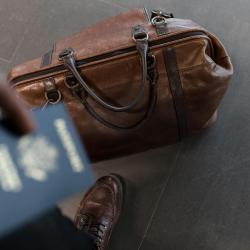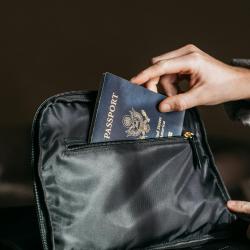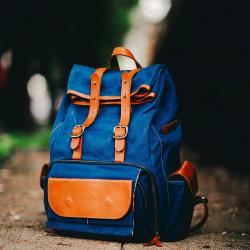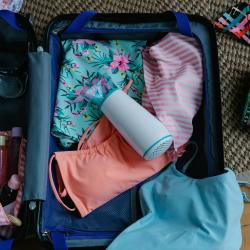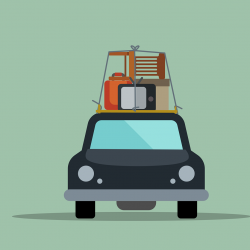The Best Packing Hacks for Long-Term Travel and Backpacking
Traveling long-term, especially when backpacking, is an enriching life experience that offers unparalleled freedom. It challenges us to live with less and appreciate the journey as much as the destination. However, packing for such trips can be daunting. Balancing the need to travel light while ensuring you have everything you might require is both an art and science. Here are some of the best packing hacks to help you prepare for your next adventure.
1. Choose the Right Backpack
A reliable backpack is your best friend on a long-term journey. Opt for one that is both sturdy and comfortable, ideally with a capacity of 40-60 liters. Look for features such as padded shoulder straps, a waistband for weight distribution, multiple compartments for organization, and waterproof material to protect your belongings from the elements.
2. Master the Art of Layering
When it comes to clothing, layering is key. Instead of heavy, bulky items, pack lightweight and versatile pieces that can easily be layered for warmth or adjusted to cooler settings. Neutral colors provide flexibility in mixing and matching, while fabrics such as merino wool and moisture-wicking materials are great for staying comfortable and clean longer.
3. Roll, Don’t Fold
Rolling your clothes instead of folding them helps maximize space in your backpack and minimizes wrinkles. For delicate items that may need to remain crease-free, use resealable plastic bags or packing cubes that compress the garments and maintain organization.
4. Multi-Purpose Items
Choose items that serve multiple functions, like a sarong that can function as a blanket, towel, or cover-up. A spork serves as a spoon and fork, while a microfiber towel is compact, quick-drying, and ultra-absorbent. This approach allows you to carry fewer items, which is critical for a streamlined packing strategy.
5. Use Packing Cubes
Packing cubes are an excellent tool for organization. They compartmentalize your clothing and belongings, making it easier to find what you need without unpacking your entire backpack. Consider using different colors or labels for each packing cube to identify their contents quickly.
6. Invest in the Right Footwear
Choose sturdy, all-purpose shoes that can handle diverse environments. A single pair of durable hiking shoes or boots, combined with comfortable sandals or flip-flops, is typically sufficient. Consider leaving space for a pair of slip-on shoes that are lightweight and easy to pack.
7. Toiletry Tips
Minimize toiletry bulk by using solid versions of products such as shampoo, conditioner, and soap. Not only are these products often more compact, but they also eliminate the risk of spills. Travel-sized containers and refillable bottles are also advisable for liquids you can’t find in solid form.
8. Tech and Gadgets
For tech-savvy travelers, a portable charger is indispensable, ensuring your devices can stay powered up on the go. To save space and weight, streamline your tech by using a smartphone for calls, photos, browsing, and GPS, rather than carrying separate devices for each task.
9. Minimize Paper
Avoid carrying bulky books or paper maps; instead, use an e-reader for literature and download offline maps and travel guides onto your smartphone. This not only saves space but can also be a cleaner and more organized approach.
10. Safety and Security
Invest in a travel lock and a slash-proof money belt for added security. Consider photocopying important documents such as your passport, visas, travel insurance, and credit cards, and store these as digital copies on cloud storage as well.
11. Be Prepared for Laundry
You’ll need to do laundry regularly, so pack a sink stopper and travel laundry soap for handwashing clothes. Quick-dry fabrics will make this process more efficient. Alternatively, research affordable local laundromats where you’ll be traveling.
12. Think Seasonally and Regionally
Before leaving, consider the climate and specific environmental conditions you’ll encounter. Packing appropriately for the geographical area means you can make the most of your gear without carrying unnecessary items. Research the seasonal weather variations of your planned destinations to refine your packing list.
In conclusion, the key to smart packing is prioritizing your essential needs and embracing the mindset that you can adapt to what the journey presents. With these packing hacks, you can embark on your long-term travel and backpacking experiences with confidence and ease, knowing you’re well-prepared for the adventures that lie ahead.
